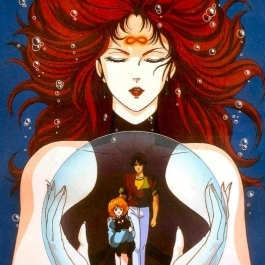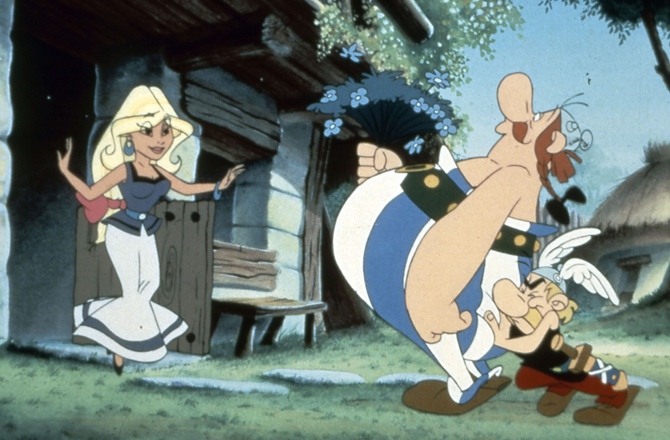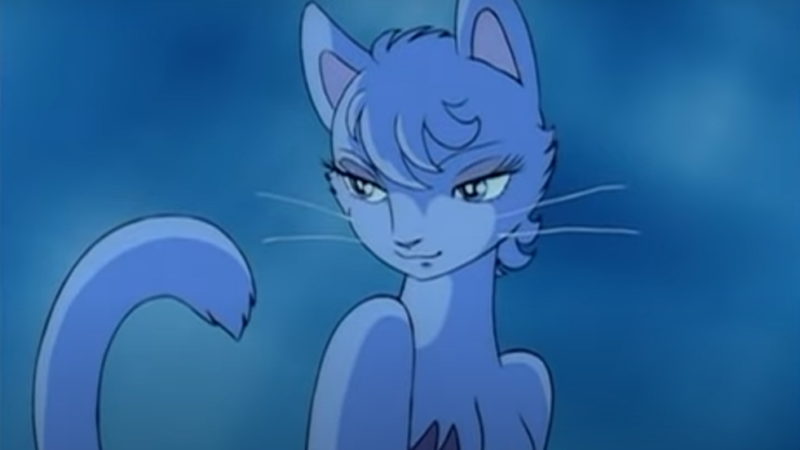The Children's Media Lab report explores representation in Canadian animation
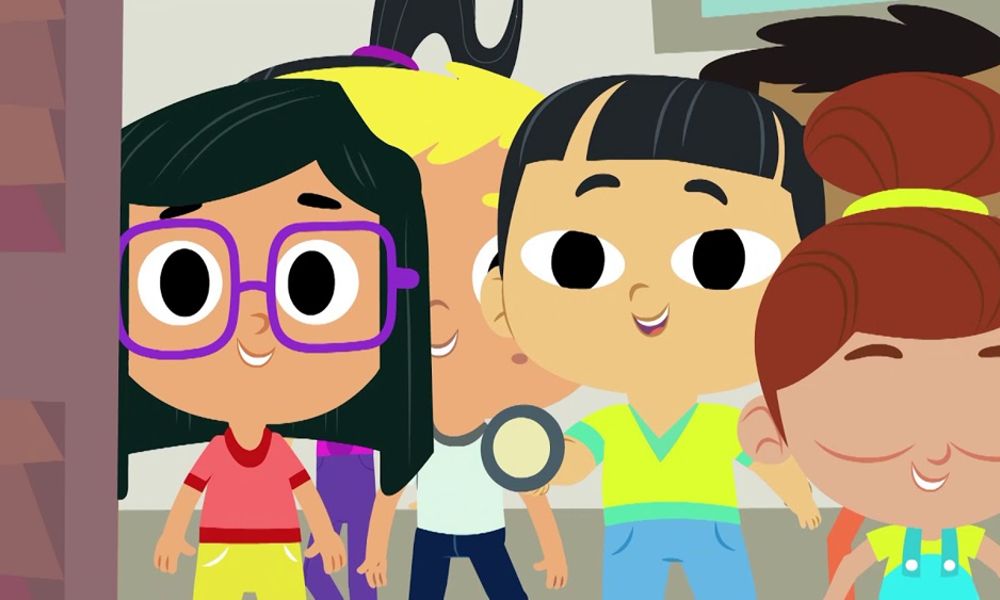
A new report on representation in Canadian television animation for children and youth released this week by Children's Media Lab at Ryerson University's FCAD shows that some positive steps have been taken in diversity of the medium on the screen. The data, titled "Examining Children's Animated Television in Canada," reveals that representation of black people has increased overall, while female characters and disabled characters are still underrepresented.
The new report written by Colleen Russo Johnson, Ph.D, Adrianna Ruggiero, MA, Kim Wilson and Josanne Buchanan is the follow-up to the popular "Landscape of Children's Television in the United States and Canada", a collaboration between Ryerson University and Rutgers University, released by UCLA's Center for Scholars and Storytellers in Spring 2019.
"I am thrilled to announce that we have seen massive changes in racial diversity in human animated characters with people of color representing half of all the main characters. But I am disappointed to say that we still have a long way to go in our gender portrayal," with males almost 2: 1 outperforming females. And characters with disabilities are virtually absent, "said Colleen Russo Johnson, Ph.D, co-director of the Children's Media Lab, adjunct professor at the school of creative industries. at FCAD (Ryerson University) and co-founder and Chief Scientist of the OK Play app.
The percentage of POC human characters was found to be 49%, driven by an increase in the number of black (14%), Latin / Hispanic (11%) characters, which more closely reflect the racial / ethnic composition of Canada today; East Asian characters also scored 11%. However, natives are represented by only 6% of characters, with even fewer South Asian (5%) or Middle Eastern (5%) toons to see. The report points out: "In fact, of the 121 main characters, the sample included only one Middle Eastern character, four indigenous characters (who all came from the same show) and three South Asian characters (split between two shows)."
However, the rise in representation of blacks and Latin America is welcome news amid growing demands for equity and inclusion both on and off the screen. The report was inspired by think tank events hosted with Canadian broadcasters and offers advice for greater diversity and inclusion in Canadian children's multimedia content, such as diversifying writers' rooms, creating complex characters and improving gender representation in animated characters, as well as the visibility of neuro-diversity and characters with disabilities.
"Canadian producers of children's content are already recognized as major players globally. Research like this allows them to continue to think about fairness and challenge themselves to create content that addresses disparities such as gender bias, too. in non-human characters like animals and monsters. This is something that content creators can act on easily, "said Kim Wilson, co-director of the Children's Media Lab, Director, OneFish TwoFish Consulting and veteran of children's media who led children's content at both CBC and TVO.
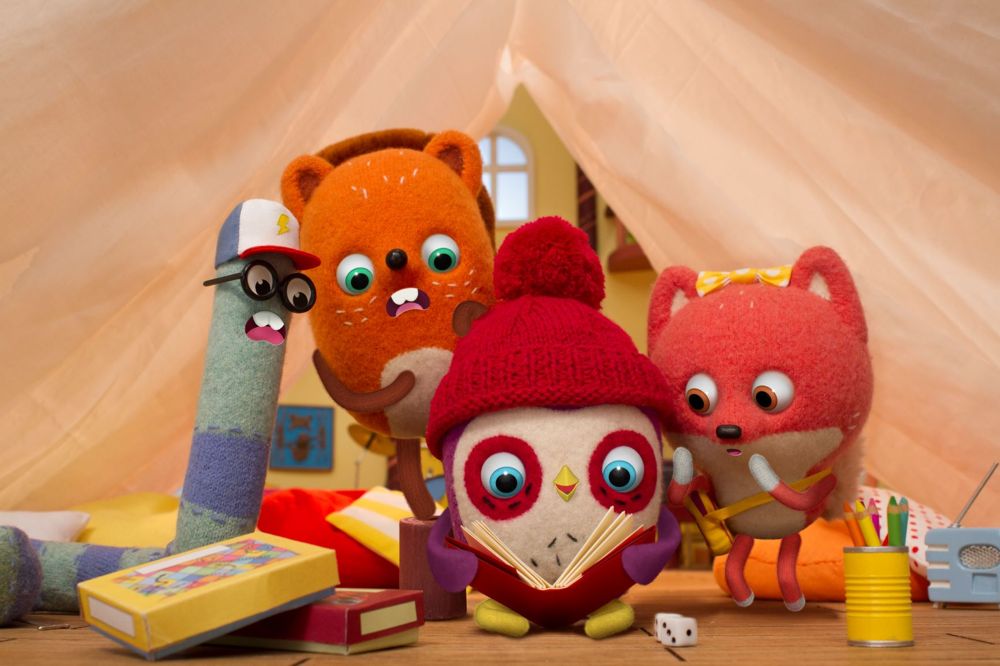


The star of JAM Media's Becca's Bunch is one of only 30% non-human female characters in the studio.
By addressing gender, CML found that most of the main characters were male (63%), with an even starker gender imbalance between non-human characters (animals, plants / objects, monsters / creatures, robots / machines). For human cartoons, 57% of the characters watched were male, while non-human characters were 70% male and only 30% female. The researchers also discovered what character designers and meme-making fans have long known: eyelashes are predominantly female in animation. Of the 26 (21%) main characters in the eyelash study, 25 were women (mostly children and young people) and one was a boy.
Representation for neurodiversity and disability also has a way to go. The report found that only 2% of the main characters had a disability (9% even had glasses) and none were represented as neurodiverse. The summary of the results highlights that 20% of Canadians live with one or more disabilities.
"Children's television has an incredible opportunity to influence children's opinions about themselves and others. We often focus on what we are interpreting, but the same attention must be paid to what we are not showing," Russo added. Johnson. “The lack of diversity on the screen, whether it's race, gender or disability, is harmful. It is imperative that children see themselves accurately and positively reflected in the shows they watch. Children are our best hope for a more inclusive future and we can help push them in the right direction through the content they consume. "
CML will follow the report with a Virtual Think Tank Event on 10 March.
www.ryerson.ca/the-studio-fcad/childrens-media-lab
Go to the source of the article on www.animationmagazine.net




